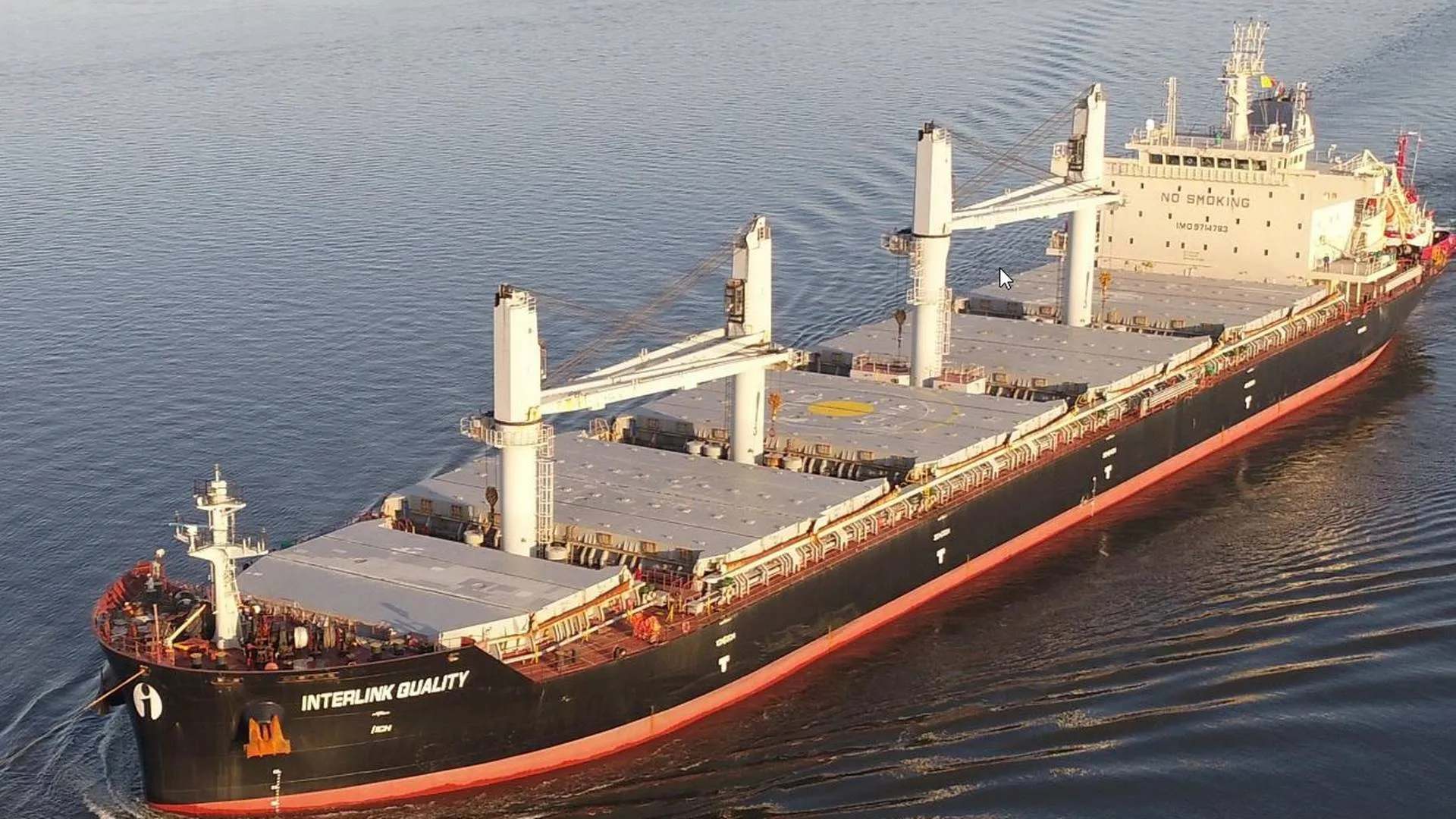By Andrés Orrego Siebert
Within the framework of the first Bioceanic Node, which is being held in Arica, Andrés Sánchez de Lozada, general manager of Navibol, a company that represents the Chinese shipping companies Cosco and OOCL in Bolivia, proposed that the city must consider a “megaport” near the airport. The executive observed that Chile needs to expand port capacity in this area, considering the impact of increased demand from his country and from Brazil.
“Arica has a great advantage, which is that it is a tri-border city. You have the Peruvian market, the Bolivian market, and cargo also arrives for northern Argentina or Paraguay, in addition to Brazil. Arica is in a good position to be a large, giant connecting port, a hub,” stated the executive.
Sánchez de Lozada justified his statement by arguing that “The Port of Arica has already been swallowed by the city and there is not much room to grow. You can grow towards the basin, but that is very expensive, they are very costly investments. Perhaps, if they build a new port, further north, at the level of Chacalluta airport, spaces can be planned there, talking about some 500 hectares for the city’s next 50 years. Chancay has a large area, for example, a dry port, it has reserved 400 hectares.”
“Arica could be a hub, but it needs investments. In the north, there is a lot of space to build a megaport,” he reinforced.
Regarding the opportunities and challenges for Bolivia in relation to its integration into the Central Bioceanic Corridor, which is promoted by the subnational Governments of Rondônia, Arica, Tacna, as well as Beni and Oruro, among other territories in his country, Andrés Sánchez de Lozada stated that greater development of intermodal terminals is required.
“As Bolivian territory, we need logistic terminals associated with this Bioceanic Corridor to start appearing. In Bolivia, the Dry Port in Oruro has just begun operations, it is the first in the country in 200 years of history, but Chile along its 5,000 kilometers of coastline has more than 20 facilities of this type. In fact, in Arica alone there are three,” he indicated.
The executive highlighted that this Dry Port in Oruro has a railway connection and will be linked to the Intiraymi airport, in La Joya, expanding the possibilities for cargo flow.
“It is going to be a development hub, a sector, that is going to be trimodal. It has a connection with the railway and, in the future, it will annex a part which is an old airport that was called Intiraymi, which was called La Joya. The idea is for it to be trimodal, to have trucks, trains, and airplanes. And that will connect with the ports in northern Chile, like Iquique or Arica,” he added.
In this sense, Sánchez de Lozada also stated that the railway connection between Arica and La Paz must be recovered immediately.
“Now, Arica urgently needs to recover its railway, Arica – La Paz, and there we are talking about moving large volumes. Bolivia has two commodities that are very interesting, which are soy, which is almost 3 million tons per year, and we have Zinc, which is almost 1 million tons. These could be moved by railway, and dangerous goods containers could also be moved by railway, to avoid the problem we recently had at Lake Chungará, where a truck carrying oil overturned.
“If only the IMO cargo is left to the railroad, the risks are reduced,” he stated.
Asked about the evaluation of the Cosco and OOCL feeder services that include Arica in their rotation, Sánchez de Lozada said it has been a successful start that has allowed coverage to the north of Chile and the south of Peru via Chancay and Callao.
“We, in March, have improved the service, we have set up a weekly service, we have two vessels, one being a Cosco-owned vessel. Practically one week it does Chancay, Iquique, Arica, Matarani, Callao, Chancay. Why does it still use Callao? Because there is a very old service called Eurosal, which goes to Europe and goes through the Panama Canal. If you need to take export cargo to Europe, you have to go to Callao. And Chancay has specialized in direct services that do Chancay – Shanghai in 23 days, that is the great advantage. With that, it has managed to connect the Chilean north and the Peruvian south, which was very neglected,” he explained.
“An upgrade is coming, possibly, in the first quarter of next year, because the service has become too small for us. The transit times that Cosco has had with the Port of Chancay and the efficiency have generated a lot of expectation. Let me give you an example, in the port of Iquique a medium-sized vessel arrives, not even a mother vessel of about 6,000 TEUs in the AN-1 service, and they take almost 3 – 4 days to service it. In Chancay, that vessel is serviced in six hours due to the technology it has. So, when you service faster, the ship spends fewer days in port and more time sailing. Transit times become shorter, and there is a lot of cargo that needs to reach its destination quickly, like cherries, perishables. Now Bolivia is going to become a serious meat exporter, with the incoming government, so you need to reach the destination faster,” he elaborated.





